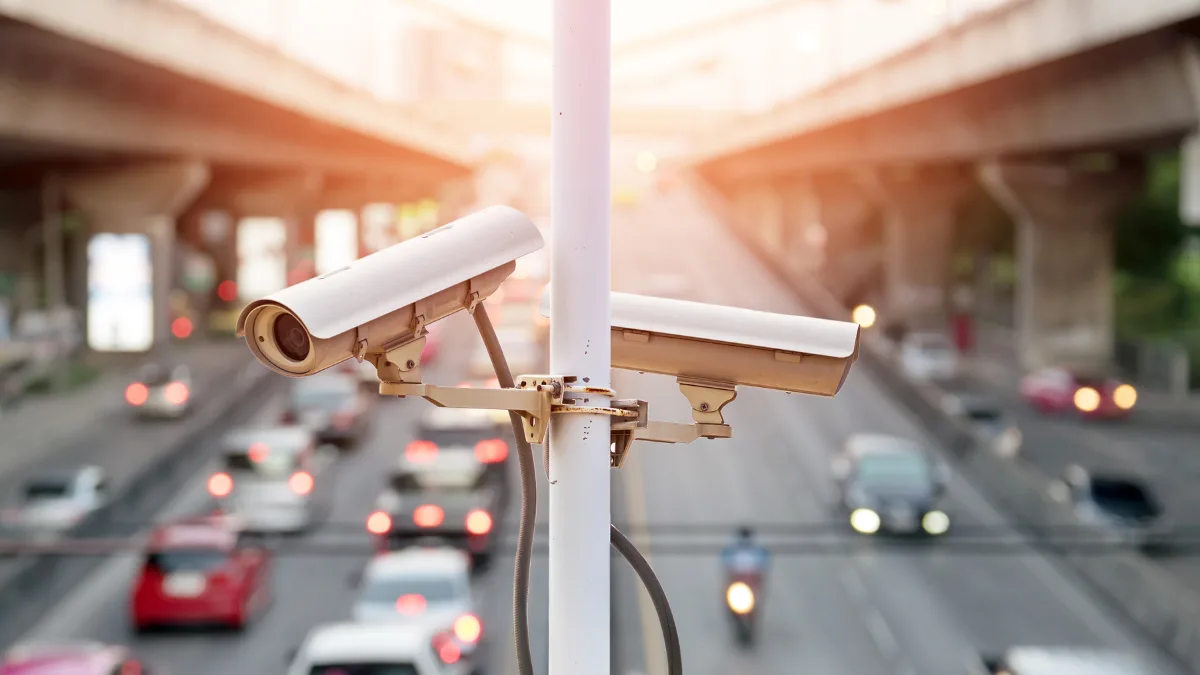The presence of a Vehicle-to-Everything (V2X) provides the ability for vehicles to exchange information with various elements around them. One application of the communication scope of V2X is a Vehicle-to-Infrastructure (V2I), which offers several key functions and advantages.
The functions of a Vehicle-to-Infrastructure include connecting to transportation infrastructure elements, improving driving efficiency, and safety.
This article will give you information about Vehicle-to-Infrastructure (V2I), including its support elements and functions they have.
What is a Vehicle-to-Infrastructure (V2I)?

Vehicle-to-Infrastructure (V2I) is part of the Vehicle-to-Everything (V2X) system, which encompasses communication between vehicles and various other entities such as other vehicles (V2V), pedestrians (V2P), and the internet (V2N).
V2I enables vehicles to exchange information wirelessly with road infrastructure elements, such as traffic lights, road signs, road markings, and other sensors, to obtain real-time information about road conditions and hazard warnings.
How Does Vehicle-to-Infrastructure Work?

Vehicle-to-Infrastructure (V2I) works by providing information on traffic conditions, signal settings, weather warnings, and more.
V2I, which uses Dedicated Short-Range Communication (DSRC) wireless technology, works through radio signals with a specific frequency over short distances using the 5.9 GHz band.
Data on various conditions, such as traffic density, vehicle speed, weather, and others, is collected through sensors and devices in road infrastructure.
This data is then processed by the devices and sent to drivers in the form of information such as alternative routes or early warnings about hazardous conditions.
Elements Connected to Vehicle-to-Infrastructure In providing information to road users, Vehicle-to-Infrastructure (V2I) combines several connected infrastructure elements. The following are elements that support V2I:
- Traffic lights: To optimize traffic flow and give priority to certain vehicles. Traffic signs: Provide warning information about road conditions or speed limit changes.
- Special lanes: Helping vehicles access and use special lanes, such as bus lanes or bike lanes.
- Other smart road equipment: Various other devices on the road, such as sensors, cameras, and RFID readers, can also interact with V2I.
The Function of Vehicle-to-Infrastructure
The Vehicle-to-Infrastructure (V2I) has several functions, from connecting to transportation infrastructure elements to improving driving efficiency and safety. Here are some of its functions:
1. Connected to transportation infrastructure elements
 One of the functions of V2I is its ability to connect to transportation infrastructure elements. This system can connect to traffic lights, traffic signs, dedicated lanes, and other smart devices to provide drivers with accurate information about road conditions.
One of the functions of V2I is its ability to connect to transportation infrastructure elements. This system can connect to traffic lights, traffic signs, dedicated lanes, and other smart devices to provide drivers with accurate information about road conditions.
2. Integration with autonomous vehicles Integration with autonomous vehicles is another function of V2I. This integration supports safer and more efficient autonomous vehicle operations, improves navigation capabilities, and helps make better decisions in complex road situations.
3. Improving driving efficiency
 Another function of V2I is to improve driving efficiency. The system provides information on the fastest and most efficient route based on current traffic conditions. This improves driving efficiency in terms of time and fuel consumption.
Another function of V2I is to improve driving efficiency. The system provides information on the fastest and most efficient route based on current traffic conditions. This improves driving efficiency in terms of time and fuel consumption.
4. Improving driving safety Improving driving safety is another advantage of V2I. By integrating with transportation infrastructure elements, the system provides early accident warning information and better traffic management, making driving safer.
Conclusion
Those are the definitions, how they work, support elements, and the functions of the Vehicle-to-Infrastructure (V2I) that you need to know.
This transportation system is specifically designed for real-time information about road conditions and hazard warnings.
The infrastructure will share data on various conditions, such as traffic density, vehicle speed, weather, and others.
This V2I is connected to transportation infrastructure elements, improving driving efficiency and safety.
This system certainly helps drivers to be more efficient in determining vehicle routes and anticipating the risk of accidents.